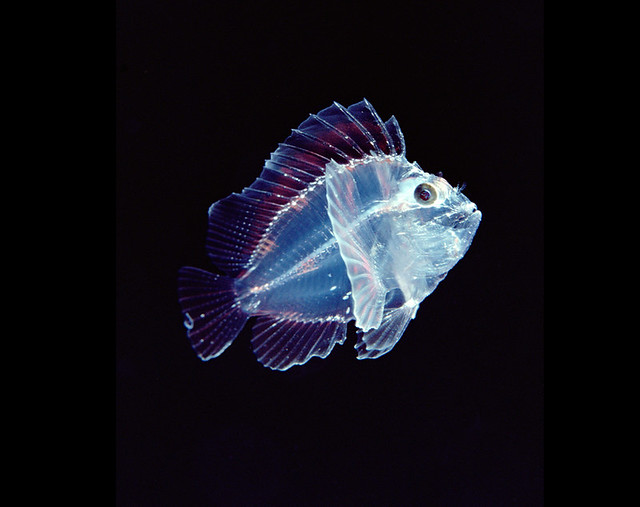World Congress on Recent Advances in Aquaculture Research & Fisheries
Theme: "Sustainable Aquaculture & Fishery"
Date: October 19-20, 2018
Conference Venue: Rome, Italy
Wednesday, 9 January 2019
Wednesday, 26 December 2018
Wednesday, 19 December 2018
Herring
Herring is a marine fish that belongs to the family Clupeidae. They inhabit temperate waters of Pacific and Atlantic oceans and represent 90% of herrings that are used in human diet.

Herrings are known as the “silver of the sea” due to silver color of the body and highly appreciated meat (which ensures profitable fish trade). Upper part of the body is bluish, and their bottom side is pale. Specific coloration of the body ensures camouflage in the water.
Females release from 20 000 to 40 000 eggs into the water. They will be fertilized with sperm cells released by males. Fertilized eggs are small (0.039 to 0.055 inches), they fall to the bottom of the sea and attach to the stones and sea vegetation. Incubation time lasts from 11 to 40 days, depending on the temperature (higher temperature accelerates development).
Tuesday, 18 December 2018
Otariinae
Sea Lions are considered to be highly intelligent animals. There are actually seven different species even though they all often seem to be bundled into the same category. Sea lions belong to a group of animals called “pinnipeds.”

You can find sea lions in bodies of water throughout the world – except for the Northern Atlantic Ocean. This is strange since its temperatures are certainly compatible with where sea lions typically live, and there’s plenty of food there. Scientists have no idea why sea lions refuse to live in this area.
When they grow older, sea lions become prone to pneumonia, epilepsy, and cancer. They communicate in a variety of ways, although scientists are still somewhat baffled as to what their sounds mean. They travel in large colonies, which have subgroups. Sea lions will even move from subgroup to subgroup during their lifetimes
Monday, 17 December 2018
Caesio cuning
The Yellowtail Fusilier can be recognised by its colouration. The species occurs in tropical marine waters of the Indo-West Pacific. It is usually seen swimming in midwater where it feeds on zooplankton.

Classification
-
- Species
- cuning
- Genus
- Caesio
- Family
- Lutjanidae
- Order
- Perciformes
- Class
- Actinopterygii
- Subphylum
- Vertebrata
- Phylum
- Chordata
- Kingdom
- Animalia
The Yellowtail Fusilier inhabits offshore reef slopes, commonly in large schools. It is found at depths from 1 m to 60 m.
Monday, 10 December 2018
Doryteuthis opalescens
Doryteuthis opalescens, formerly known as Loligo opalescens, is a small squid that lives within 320 kilometers of shore in the Eastern Pacific Ocean. Commonly known as the market squid, they are endemic to the California current and range from British Columbia, Canada to the tip of the Baja Peninsula in Mexico, though they are most abundant between Punta Eugenia, Mexico, and Monterey Bay, California.

Doryteuthis opalescens is found in greatest abundance around 15 meters during the day to about 30 meters at night when hunting. These squid live above the continental shelf and have been found at depths up to 500 meters.
Tuesday, 4 December 2018
Taenianotus triacanthus
The Leaf Scorpionfish is found in the Indo-Pacific, from the eastern coast of Africa to the Galápagos Islands (Ecuador), northwards up to the Ryukuy Islands (Japan) and Hawaii (USA), and southwards down to Australia and the Tuamotu Archipelago (French Polynesia).

The Leaf Scorpionfish swims with pectoral fins for short distances and then settles on the reef awaiting prey. Leaf Scorpionfish are noted for their large dorsal fin (on top) which tends to wave in the current and appears to potential prey as a harmless leaf.
Subscribe to:
Comments (Atom)

